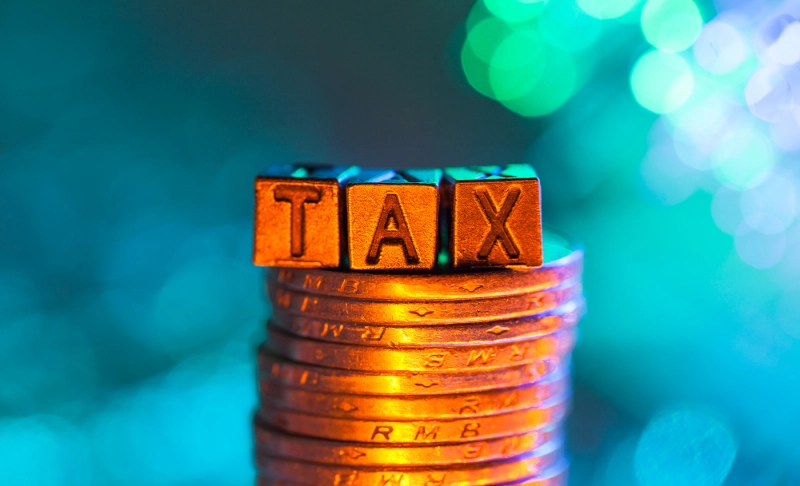By: Sunil Kumar
October 23 2021

The rich class paid more tax under President Eisenhower's administration, but the lower classes did not pay more than they were required to.
The rich class paid more tax under President Eisenhower's administration, but the lower classes did not pay more than they were required to.Dwight D. Eisenhower, the 34th President of the United States, was known for his role as a commander during World War II. During his presidency, he expanded on policies regarding public health and education. According to the estimate given by Robert W. Burgess, Director, Bureau of the Census, Department of Commerce, the males' median (average) income continued to climb in 1953. Still, women stayed approximately the same as in 1952. In 1953, the estimated median income of males with money incomes was $3,200, about $100 or 4 percent greater than in 1952. In both years, women's median income was expected to be around $1,200. According to the Internal Revenue Service's 1953 report, all taxpayers who earned more than $2,000 but less than $4,000 paid 24.6 percent tax. A person with an annual income of more than $150,000 but less than $200,000 paid 91 percent of those in the Super Rich Income category. According to AP News, on January 31, 2019, President Eisenhower imposed a 90 percent tax rate on the super-rich during his presidency. Under the current tax rates, people earning up to $10 million each year will be taxed. However, when annual income exceeds $10 million, millionaires and billionaires must pay up to 70 percent of their earnings. However, only people from the super-rich category paid more tax during President Eisenhower's period.